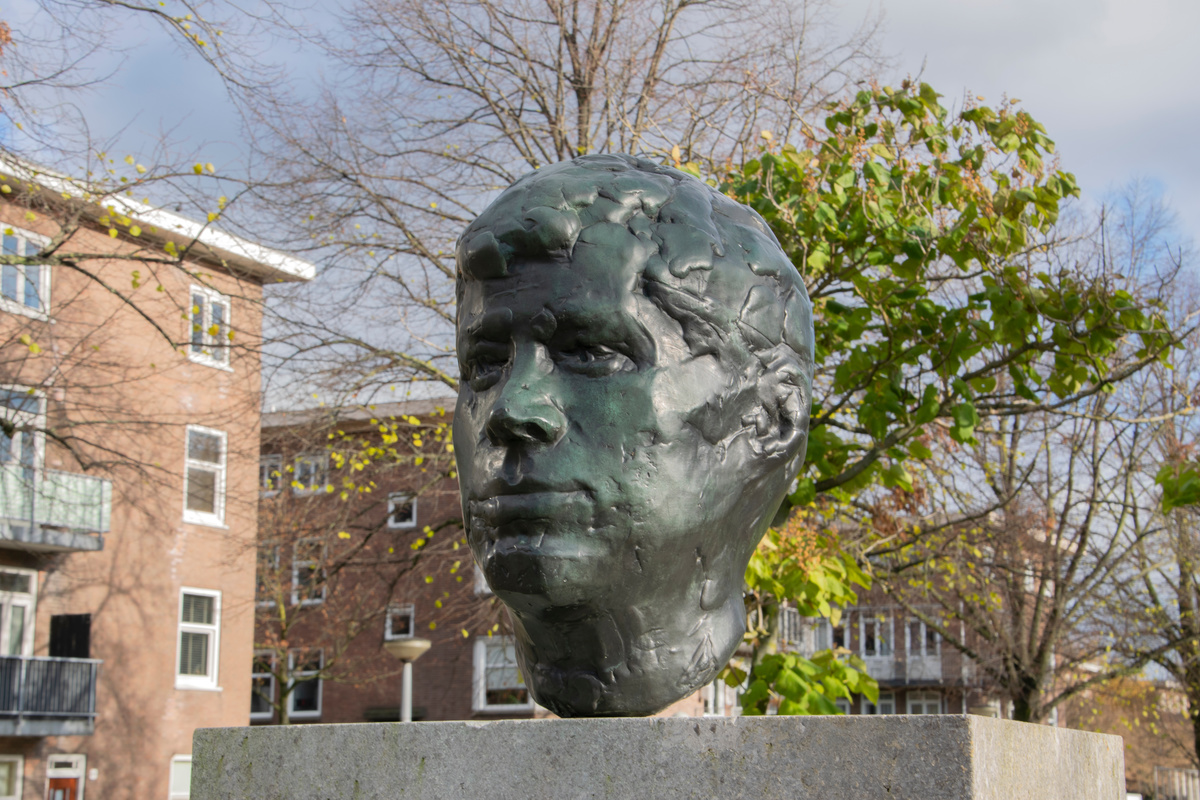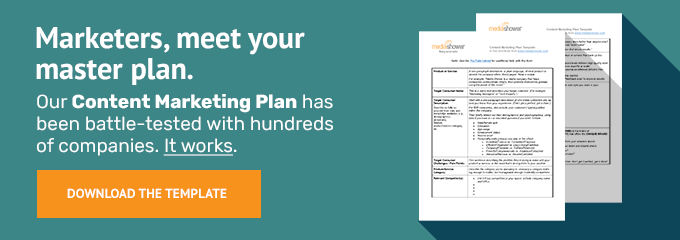
TLDR: The JFK inaugural speech has been remembered for 60 years because of the asking for Americans to think about how they can serve their country, rather than be served by it. He used images, contrasts, and lists to deliver his powerful message.
So What? By inspiring people to commit to something bigger than themselves and appealing to the great human values, JFK elevated his message and presidency. Here’s how you can do the same.
President John F. Kennedy’s inaugural speech in 1961 gave birth to one of America’s most memorable and repeated quotes: “Ask not what your country can do for you; ask what you can do for your country.”
How Kennedy came up with that line — and why it has become famous over the last 60 years — can help communicators understand what they can do to make their own communication efforts memorable and lasting.
Knowing Your Audience
Rhetoric expert Max Atkinson pointed out that Kennedy’s was the first inaugural speech that was “made for media.” Most people had televisions at this point, and the speech would be seen in real time or rebroadcast all over the world.
Kennedy and his speechwriters had to give real thought to their target audience for the speech and what they hoped to accomplish. Many people would still read the speech in their local newspapers the next day, but the live aspect of the speech meant it also had to sound good and convey a message that wasn’t so complex that people would zone out.
The audience for Kennedy’s speech was civic-minded American people, but he also addressed parts of it to other nations, in an effort to bring them into his zone of understanding and action. One of Kennedy’s main objectives at the height of the Cold War was to show the superiority of democracy over communism, which at the time was a worldwide effort.
Combination of Contrasts and Lists
Contrasts and lists, particularly three-part lists, are common speech devices, and Kennedy used both to their fullest measure. His iconic line was a contrast between selfishness (what your country can do for you) and selfless patriotism (what you can do for your country). He also said, “Let us never negotiate out of fear, but let us never fear to negotiate.”
Kennedy used 20 contrasts throughout a speech of only around 1,300 words. These contrasts made his points clear and easy to remember. They helped people see clearly what Kennedy valued and what he didn’t.
Three-part lists were also used frequently in the speech. Breaking ideas down into three related parts is another rhetorical device that helps hearers remember things better. Kennedy spoke of “a new world of law … where the strong are just, and the weak secure, and the peace preserved.”
Kennedy also combined contrasts with three-part lists, usually contrasting one of the three parts with the other two. For example, he said, “Not because the communists are doing it, not because we seek their votes, but because it is right.”
These fairly simple rhetorical devices made his points simple enough for the average listener to grasp, yet complex enough to contain substance for those who would later analyze his words.
Imagery
Kennedy’s speech was filled with images that would paint themselves on the minds of his audience. Kennedy explained the growing power of technology in people’s lives by saying that for the first time in history, “man holds in his mortal hands the power to abolish all forms of human poverty and all forms of human life.”
He spoke of free governments “casting off the chains of poverty” and said, “The torch has been passed to a new generation of Americans.” These images had the goal of showing people’s individual power and what they could do as an American society to overcome challenges facing the nation.

Alliteration
The best speeches often use poetic devices. Alliteration is one of the easiest, which Kennedy used frequently to help his speech flow poetically (and thus memorably) to the audience. “Let us go forth to lead the land we love” is one example: it’s a line that could be easily memorized, or put to song.
Inspired to Something Greater
Undergirding the entire speech was the idea that Kennedy wanted to inspire his audience to something greater than themselves. For Kennedy, this was selfless patriotism and service to God.
Faith and patriotism were important to the vast majority of Kennedy’s audience at the time. Even now, service to one’s country and to God are generally praised, even if some people’s fervor has cooled in both of these areas.
What did Kennedy want people to do in service to their country? Help it fight communism and poverty, for a start. He would get into more specifics before his untimely assassination in 1963, but an inauguration speech is not meant for policy specifics. He mainly wanted people to know they would accomplish their goals as a country if they worked together as “one nation under God.”
The inspiration to something greater than the mundane and everyday gives the speech a level of meaning that has elevated it above other inaugural speeches. This was deliberate on Kennedy’s part, as he studied other significant American speeches like Lincoln’s second inaugural, and even the Gettysburg Address.
The Great Human Themes
One reason this iconic speech has been remembered for 60 years is because the ideas that were expressed still apply today, in some ways more than ever. Society seems to have grown more selfish in the last 60 years, and people may need to hear once again that a return to selflessness is needed for the good of the country.
As a nation, we have more power to destroy poverty and to destroy each other than we did 60 years ago. How people and governments continue to use that power continues to be an important issue. By appealing to larger human themes, Kennedy delivered a speech that was larger than life.
The best communications are timeless. If you need help nailing your communication with customers, Media Shower can help. Click to download our Content Marketing Plan template to see how we can help.
